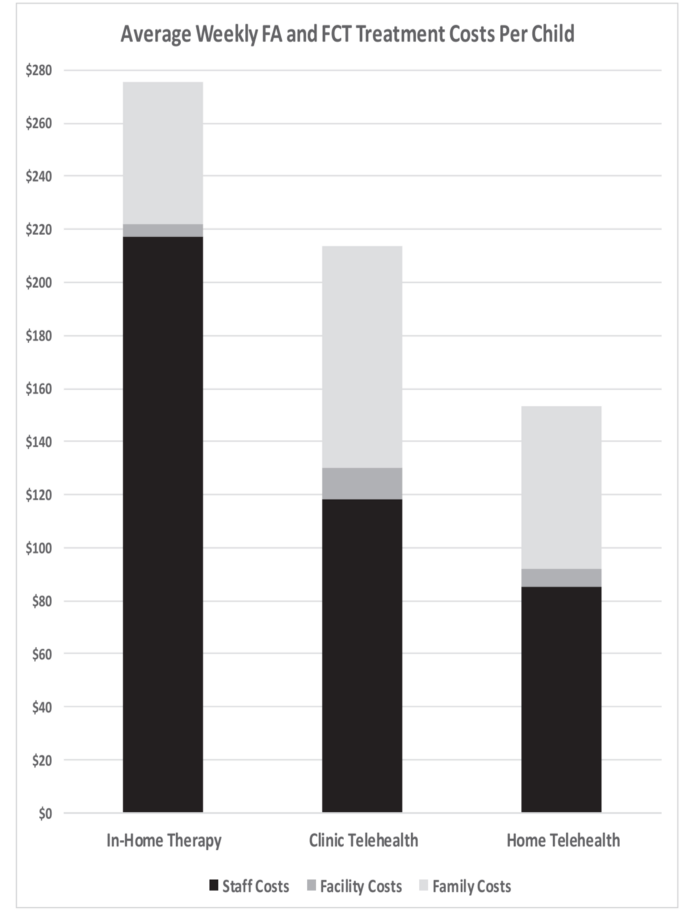
How telehealth is reducing costs in healthcare
How telehealth is reducing costs in healthcare
Telehealth has seen a recent surge as secure, technological solutions become more widely available to professionals and healthcare providers. Recent studies have indicated that telehealth in various forms can be more cost-effective and convenient than in-person treatment.

Cheaper for the institution
Allowing professionals in EMT care to assess urgency remotely and divert ambulances saves emergency department visit costs significantly.
Telehealth has been shown to be more cost effective than alternative solutions on an institutional level. By using remote solutions for pre-hospital treatment, EMTs and physicians can assess urgency of cases and save ambulance and emergency visit costs. In the US, Langabeer et al (2016) conducted a study within the Houston Fire Department, comparing costs with savings when patients were treated through telehealth interventions such as video consultation triage. They found a 6.7% reduction in potentially unnecessary visits, and a 44 minute reduction in ambulance service times, while saving $928,000 annually.
Cheaper for the professional
Online therapy interventions are equally effective but at a lower cost.
Looking closer, telehealth can also be more cost effective for specific professionals, while providing equally effective treatment. Lindgren et al (2016) conducted a study to determine whether young children with autism and other developmental disabilities could be treated successfully using telehealth interventions. They found that they could implement applied behavior analysis (ABA) remotely just as effectively as in person with similar outcomes but at a lower cost.
Lindgren et al (2016): Average weekly costs per child.
They calculated staff costs, facility costs and family costs needed to implement effective treatment and found that home telehealth was the least expensive overall model. While there were slightly higher family costs in either of the telehealth models, they found it to be offset by more efficient use of professional time.
Cheaper for the client
Telehealth results in significant costs savings amongst those living in rural areas.
An obvious factor in cost reduction as a result of telehealth services is travel costs for patients. A study done in King Island, Australia, found that 39% of the population reported a total of 511 healthcare-related travel events in one week, of which they paid for their own travel 70% of the time. Developing telehealth services in rural areas such as these could result in significant savings for patients and clients, in time and money as well as carbon emissions.
While this is only brief insight into the literature on cost-effectiveness in telemedicine, these studies indicate that the development of telehealth, especially in rural areas and with specialist services, can be vital in reducing costs on an institutional, professional and individual level while providing effective treatment.
References:
Ellis, Isabelle, et al. ‘Making a Case for Telehealth: Measuring the Carbon Cost of Health-Related Travel’. Rural and Remote Health, vol. 13, no. 4, Dec. 2013, p. 2723.
James R Langabeer, I. I., et al. ‘Cost–Benefit Analysis of Telehealth in Pre-Hospital Care’: Journal of Telemedicine and Telecare, Dec. 2016. Sage UK: London, England, journals.sagepub.com, doi:10.1177/1357633X16680541.
Lindgren, Scott, et al. ‘Telehealth and Autism: Treating Challenging Behavior at Lower Cost’. Pediatrics, vol. 137, no. Supplement 2, Feb. 2016, pp. S167–75. pediatrics.aappublications.org, doi:10.1542/peds.2015–2851O.








